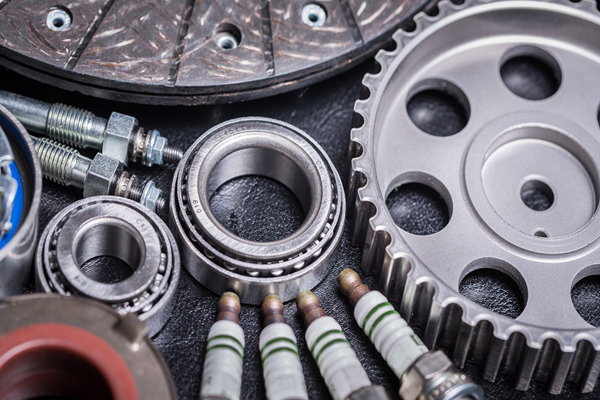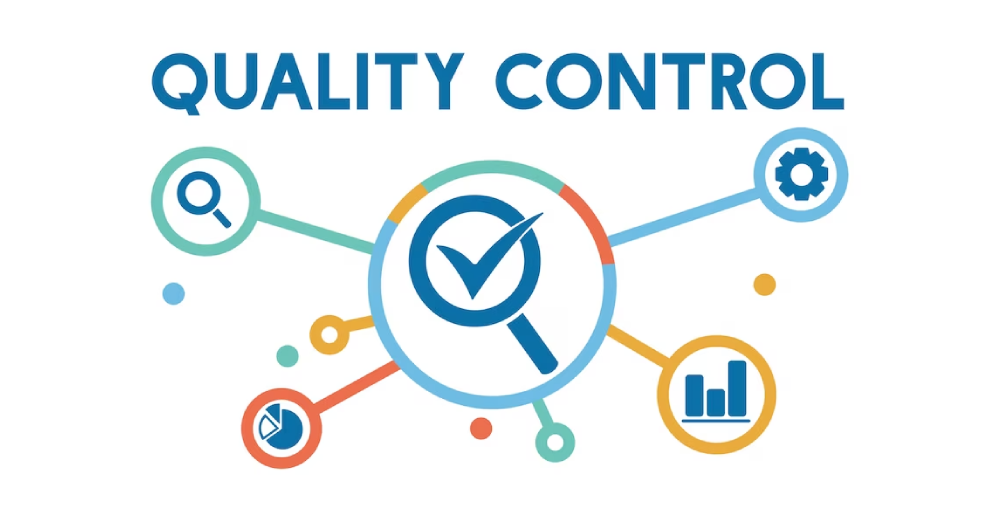
Initial Design
Conceptual Design: Creating initial sketches and CAD models.
Functional Requirements: Defining the part's specifications and performance criteria.
Material Selection
Suitable Materials: Choosing materials that meet the part�s performance needs and are feasible for prototyping.
Prototype Manufacturing Methods
3D Printing (Additive Manufacturing): Ideal for rapid prototyping, allowing for quick iterations and complex geometries.
CNC Machining: Useful for creating prototypes from metal or hard plastics with high precision.
Injection Molding: Suitable for producing multiple prototypes for testing with materials that mimic final production parts.
Casting: For parts that need to be tested in materials close to their final form, such as metal prototypes.
Assembly and Testing
Prototype Assembly: Assembling the prototype to ensure all components fit and function as intended.
Functional Testing: Conducting tests to check if the prototype meets all defined requirements.
Stress Testing: Simulating real-world conditions to ensure durability and performance.
Feedback and Iteration
Evaluation: Assessing the prototype�s performance and identifying areas for improvement.
Iteration: Refining the design and producing new prototypes based on feedback.
Documentation: Keeping detailed records of each prototype version, changes made, and test results.
Final Validation
Validation Testing: Conducting comprehensive tests on the final prototype to ensure it meets all standards and requirements.
Regulatory Compliance: Ensuring the prototype complies with industry regulations and safety standards.
Technologies in Prototyping
Computer-Aided Design (CAD): Essential for creating precise digital models and simulations.
3D Printing: Allows for rapid creation and modification of prototypes, enabling quick iterations.
Virtual Prototyping: Using simulations to test designs virtually before creating physical prototypes.
Laser Cutting: Provides high precision in cutting materials for prototypes.
Advantages of Prototyping
Risk Reduction: Identifying and resolving design issues early in the development process.
Cost Efficiency: Saving costs by avoiding expensive mistakes in mass production.
Speed to Market: Accelerating the development process by quickly iterating on designs.
Enhanced Communication: Providing tangible models for better communication among stakeholders.
Challenges in Prototyping
Cost: High initial costs for setting up prototyping equipment and materials.
Time: Iterative process can be time-consuming, especially if multiple revisions are needed.
Accuracy: Ensuring that prototypes accurately represent the final product can be challenging.
Material Limitations: Prototypes may not always be made from the same materials as the final product, affecting performance testing.
Future Trends in Prototyping
Advanced Materials: Development of new materials specifically for prototyping that closely mimic final production materials.
Hybrid Manufacturing: Combining multiple manufacturing techniques to create more complex prototypes.
AI and Machine Learning: Using AI to predict prototype performance and optimize design iterations.
Sustainability: Increasing use of eco-friendly materials and processes in prototyping.
Prototyping is a crucial step in the development of auto replacement parts, allowing for thorough testing and refinement before mass production, ultimately leading to higher quality and more reliable final products.


